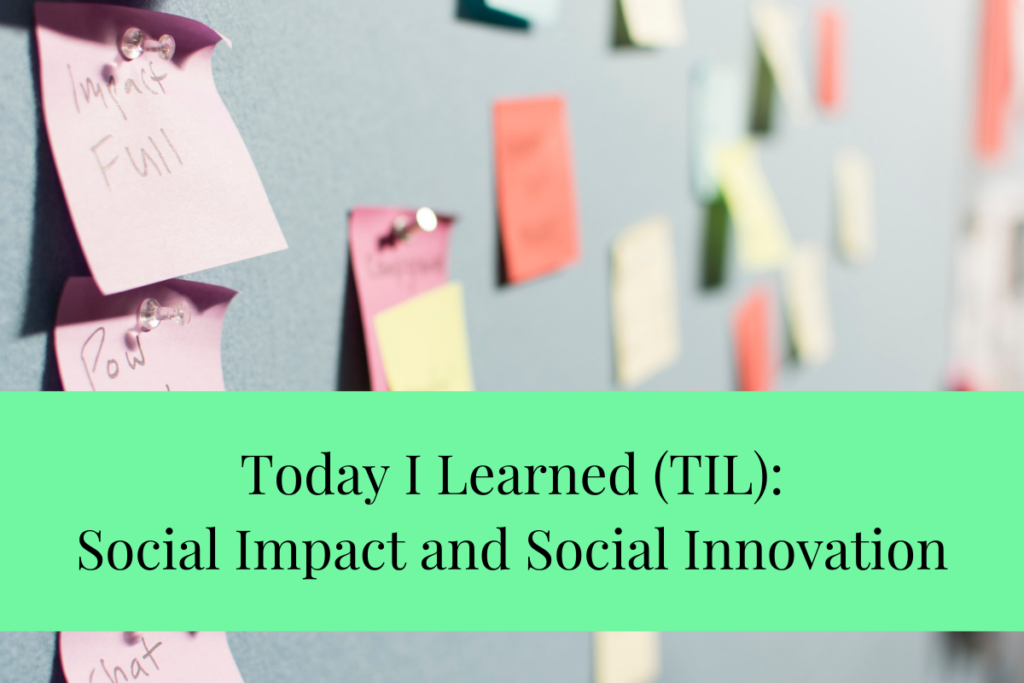We might have frequently heard this buzzword–social impact–in the nonprofit and even business sector in recent years. But what is it? There are various definitions online. A very concise definition of social impact provided by Business+Impact at Michigan Ross is:
“A significant, positive change that addresses a pressing social challenge.”
Social impact is a specialized form of impact. Impact on its own means any effect caused by, really, anything. For example, an impact heat has on ice cream is that the ice cream will melt. But is society impacted by that? Social impact puts focus on its effect on a pressing social challenge. What is pressing depends on local contexts and is also highly debatable. Some “criteria” for pressing challenges can be those causing great suffering and injustices. Some pressing challenges we can think of are poverty, gender inequality, and hunger.
One thing to note is that we are looking for significant changes when we talk about social impact. Small steps like turning off the lights when we don’t use them are too trivial to be considered significant (not to discourage anyone from doing that, though!). Social impact is concerned with systemic and structural transformations that can cause societal shifts.
A way to achieve social impact is through social innovation. What, then, is social innovation? According to Jim Phills and colleagues, social innovation is:
“A novel solution to a social problem that is more effective, efficient, sustainable, or just than existing solutions and for which the value created accrues primarily to society as a whole rather than private individuals.”
It is essential to note that social innovation emphasizes value creation for everyone in the broader society, not just one person. The solution offered addresses a core problem of the problem. It is also new and better.
To make things more concrete, let’s look at one famous example of social innovation: Microfinance. Microfinance was created to address the pressing social challenge of poverty. Poverty is a structural and complex issue. Yet, in the past, organizations had been trying to alleviate poverty with relatively minuscule efforts, like providing food aid, food vouchers, or donations (again, not to discount these efforts, but more is needed!). Unfortunately, these are not sustainable in the long term. Microfinance, on the other hand, tries to solve poverty by offering loans to the poor and making them more accessible to women. As a social innovation, microfinance has revolutionized the financial sector by offering investment opportunities and capital to the underprivileged and empowering many to start their own business.
To put simply, we can think about social impact as the result, and social innovation as the process of achieving this result.
Thanks for reading this introductory article on social impact. Keep an eye out for more in the future!


